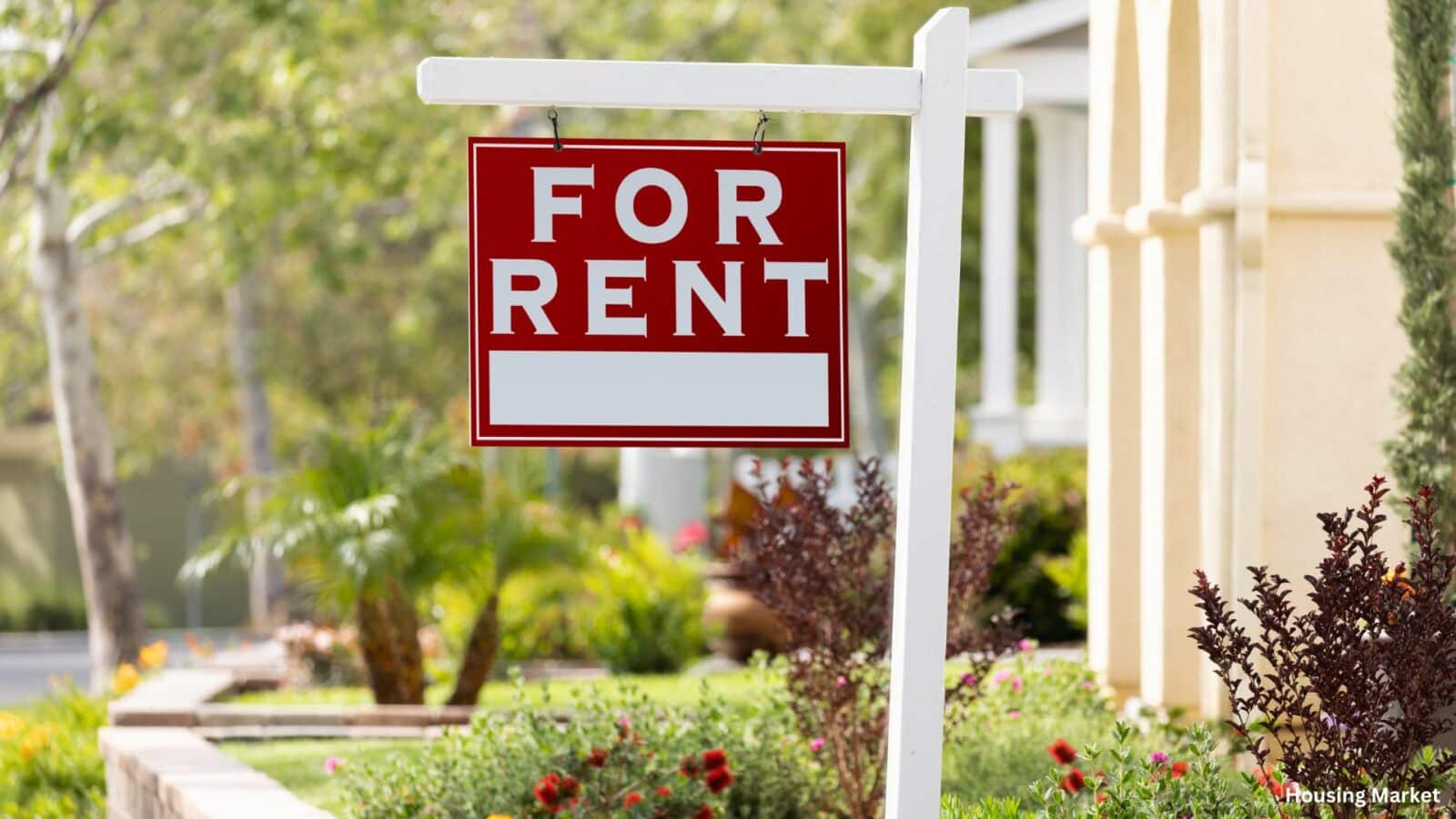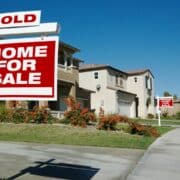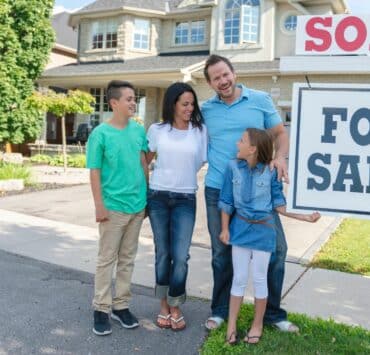The landscape of American housing is experiencing a seismic shift, with the concept of the single-family home at its epicenter. As we explore the future of single-family homes, a growing trend emerges: more of these homes are being built with the intention of being rented rather than owned. This shift is driven by economic challenges that make owning a home less accessible than ever before.
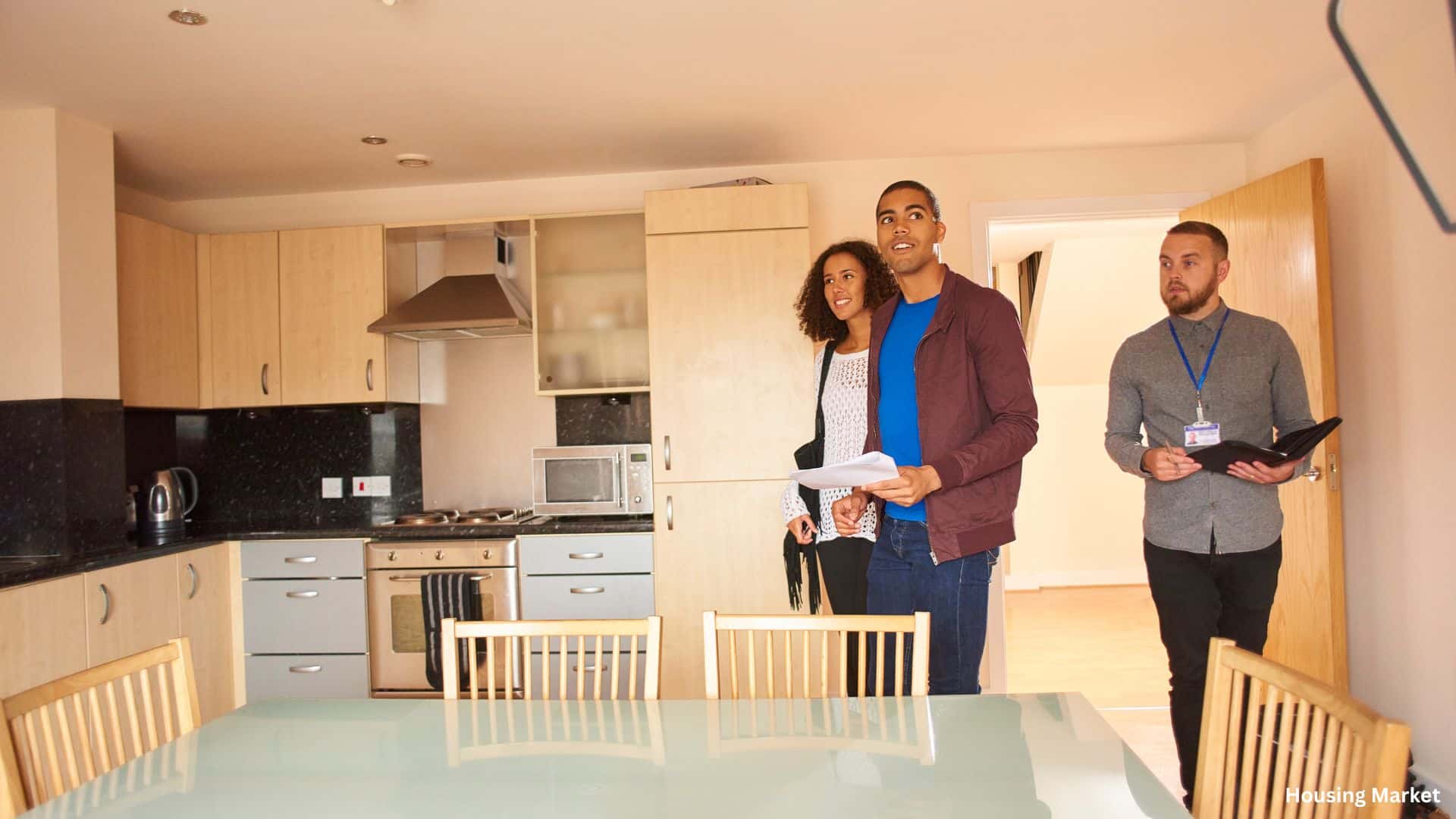
The Rise of Built-to-Rent Developments
Historically, single-family homes have symbolized ownership and stability. However, the post-pandemic economy, marked by high interest rates and soaring home prices, has altered this tradition. In 2023 alone, builders completed over 27,000 homes in large developments specifically for rental purposes—a significant increase from pre-pandemic numbers. This reflects a broader move towards renting as a feasible alternative to buying, offering space and amenities without the financial burden of ownership.
Economic Forces Shaping the Future of Single-Family Homes
The financial aspect of home buying has become daunting for many Americans. Current mortgage rates hover around 7.22%, a stark increase from the low rates seen during the pandemic. This, combined with high housing prices and a competitive market, has led many to reconsider the feasibility of homeownership. Instead, renting offers a more budget-friendly option, with the median rent for a detached three-bedroom home significantly lower than the monthly payments associated with buying.
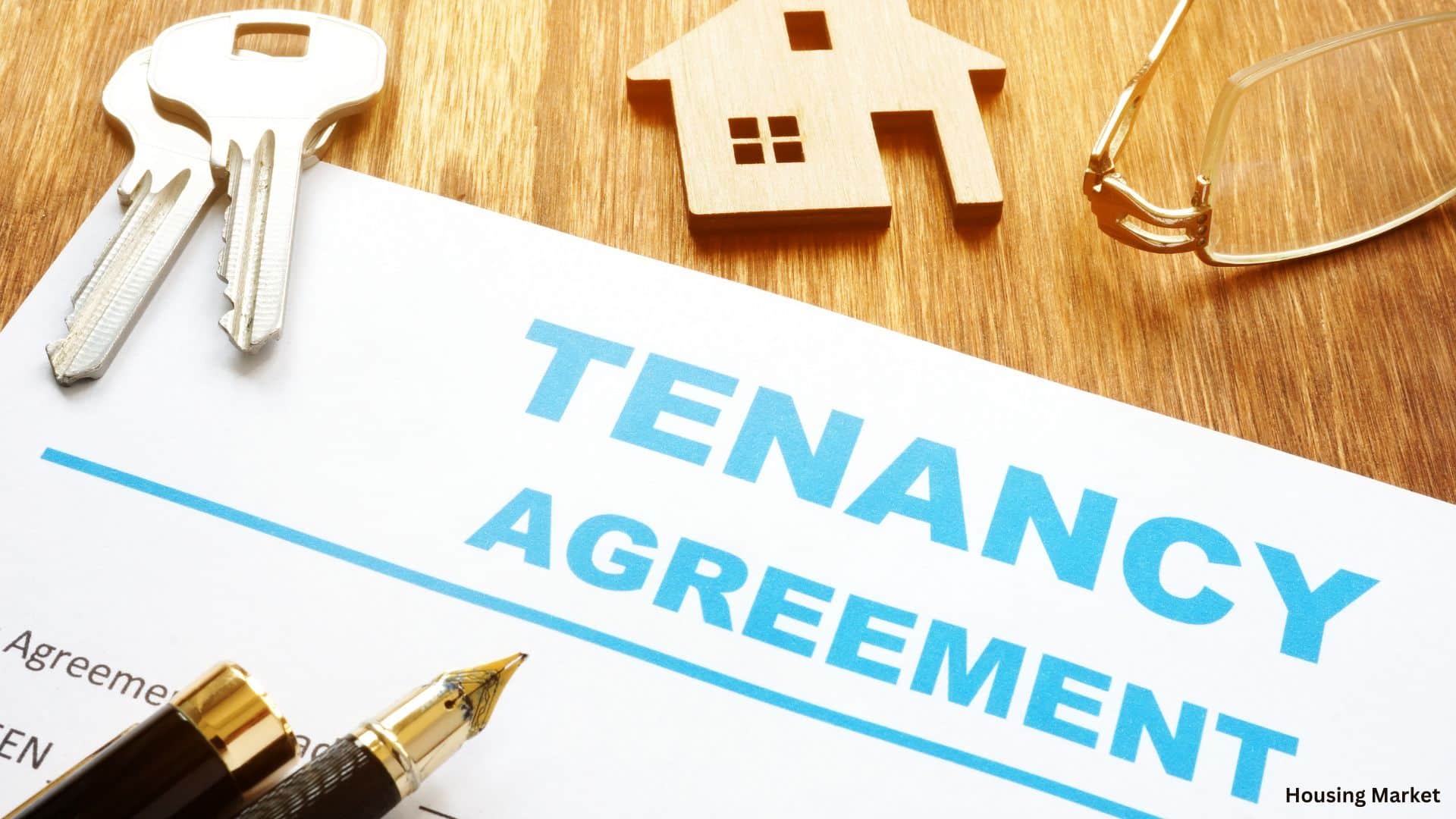
The Appeal of Modern Rental Communities
Modern built-to-rent communities offer more than just housing; they provide a lifestyle. These developments often include amenities like pools, gyms, and community spaces, mirroring the facilities of luxury apartments. For many, especially those in their 30s and 40s looking for family-friendly living spaces, these communities offer a desirable balance of comfort and convenience without the commitments of homeownership.
Looking Ahead: A Sustainable Trend?
As we gaze into the future of single-family homes, the role of economic and legislative forces cannot be underestimated. The ongoing demand for affordable housing, coupled with restrictive zoning laws, suggests that the trend towards single-family rentals may not only persist but expand.
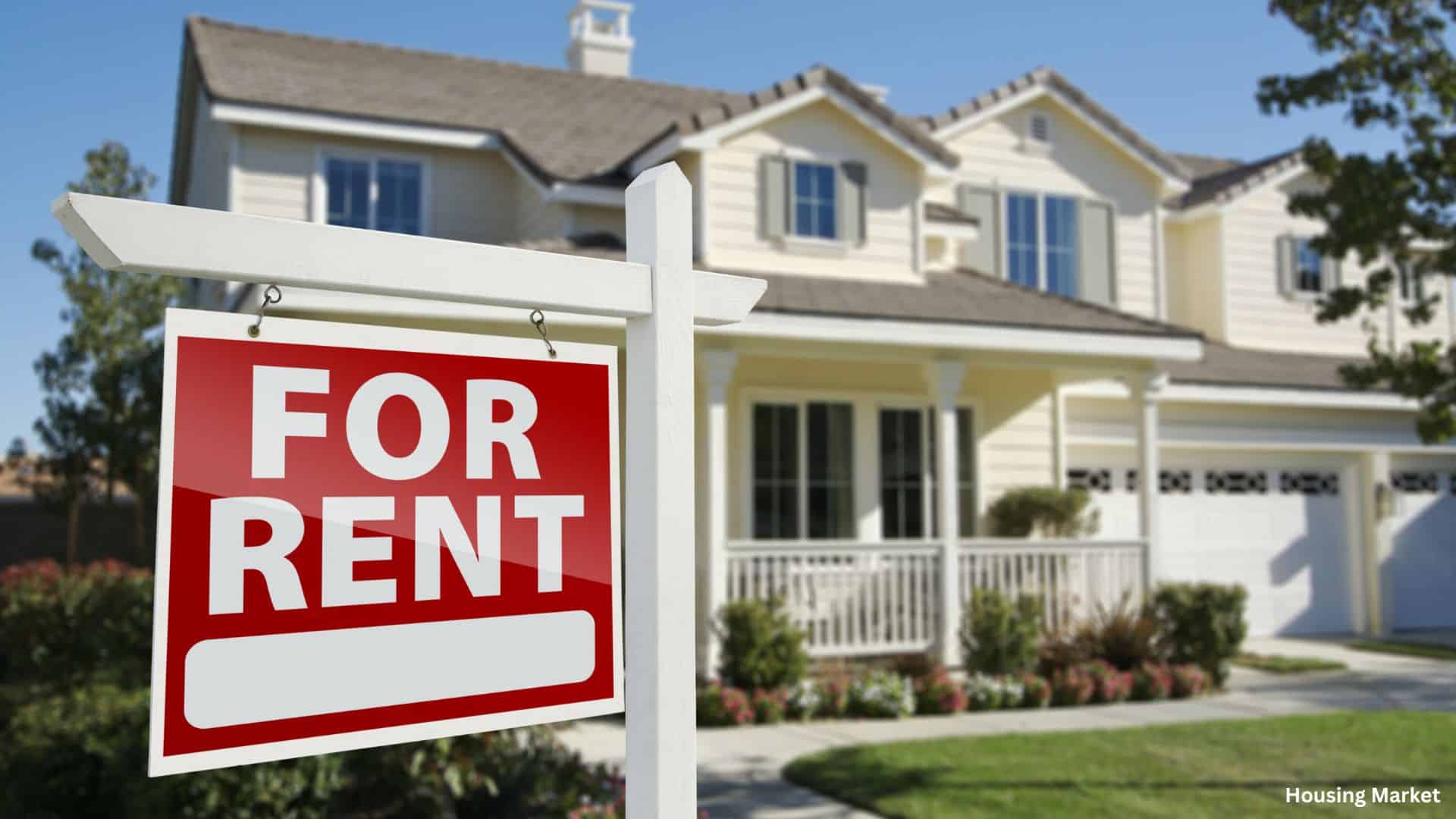
This shift could redefine the American Dream, transitioning it from owning a piece of property to finding a home in communities designed for the modern renter’s needs.

As we continue to navigate these changes, the future of single-family homes appears to be increasingly rented, offering flexibility and affordability in an ever-evolving housing market.
Related posts:
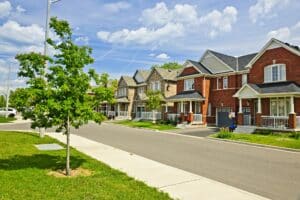 Decline in Home Prices: Anticipating a Shift in 2024
Decline in Home Prices: Anticipating a Shift in 2024
 Maryland Governor Legislative Agenda: Military Families, Housing, and Public Safety in 2024
Maryland Governor Legislative Agenda: Military Families, Housing, and Public Safety in 2024
 Nashville’s Zoning Bills for Middle-Income Housing Spark Contentious Debate
Nashville’s Zoning Bills for Middle-Income Housing Spark Contentious Debate
 Tampa Affordable Housing Initiative Breaks Ground on New 188-Unit Building
Tampa Affordable Housing Initiative Breaks Ground on New 188-Unit Building
 Challenges Persist as Housing Market Faces Unyielding Conditions Ahead of Spring Buying Season
Challenges Persist as Housing Market Faces Unyielding Conditions Ahead of Spring Buying Season
